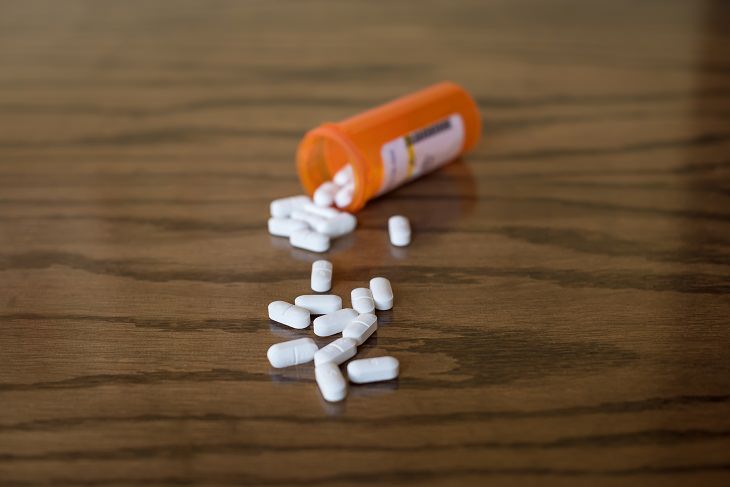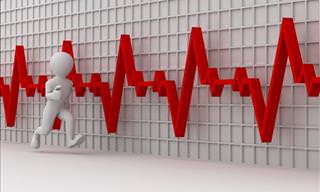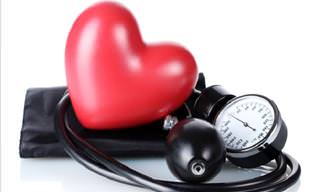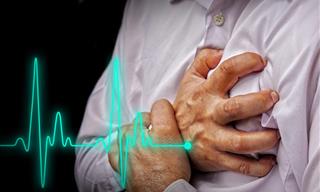Opioids are often prescribed by doctors for people who have chronic pain or have just had surgery. Unfortunately, these drugs are very addictive, and even when taken as prescribed, they can lead to abuse and addiction.
Some common types of prescription opiates include:
• Codeine
• Fentanyl
• Meperidine
• Hydrocodone
• Methadone
• Morphine Oxycodone
*Heroin is also classified as an opioid as it’s made from morphine.
Opioids bind the opioid receptors in the user’s brain, as well as their spinal cord and other areas of their body, and they reduce pain messages that being transmitted to the brain. This leads not only to pain reduction, but also to a feeling of euphoria and overall well-being.
The addiction to heroin, morphine, and prescription drugs used for pain management has become an epidemic – it’s believed that anywhere from 26-36 million people are abusing opioids. It was also estimated that more than 2 million people in the U.S. had a substance abuse problem related to prescription opioids in 2012.
Due to the prevalence of opioid abuse, many people are searching online for clear signs of opiate abuse, so they can tell if their loved ones have a problem. They frequently question how to tell if someone is on opiates, and what the warning signs of addiction are.
Physical Signs of Opiate Addiction and Abuse
Some of the physical signs of opiate addiction and abuse may include:
• Extreme happiness or euphoria
• Confusion
• Sedation or tiredness
• Constricted pupils
• Nodding off at random times or loss of consciousness
• Slower breathing rate
When people first start to use opioids, they may feel itchy when they take them. They might also feel nauseous and even vomit. Other physical symptoms of being on opioids include constipation and slower reaction times, and movements.
With heroin, some of the short-term symptoms of use can include vomiting, nausea, slow breathing, drowsiness, and itching. After someone has taken heroin, they’ll usually get flushed skin, constricted pupils, and a dry mouth. Also, just like with other opioids, constipation is another symptom, which could lead the person who is addicted to heroin to start using laxatives.
Behavioral and Lifestyle Signs of Opioid Abuse
For many people, when they’re trying to determine whether or not someone is using opiates, it can be tough to spot physical symptoms. The person who is abusing the drugs might be able to hide some of the physical giveaways, but there are also general behavioral and lifestyle red flags that are easier to recognize.
When someone is addicted to opioids, they tend to withdraw from activities and commitments, such as work or school. They also tend to lose interest in things they were previously interested in, and they might also start following different habits or routines, and hanging out with different people. There can also be attitude changes such as irritability and angry outbursts, and other behavioral signs of being on opiates can include a sense of anxiety, secrecy, dishonesty, and nervousness.

Families and loved ones of people who are abusing opioids will tend to see that their loved ones start to put their focus elsewhere, which is often on figuring out ways to obtain more of the drug that they’re abusing. This often leads the addict to become even more disconnected from their previous life. As well as neglecting work or school, people might also start to neglect their physical appearance when they’re on opiates.
As the opioid addiction progresses, many people will start taking extreme measures to obtain drugs. With opioids, the body is usually quick to develop a tolerance, meaning that the person will need higher doses to get high. This will often lead to them stealing pills or money from relatives and friends to support their drug habit.
Withdrawal Symptoms of Opioids
While you might not be able to notice physical symptoms of the actual drug use, another way to know if someone is on drugs is to keep an eye out for withdrawal symptoms. When someone is a prolonged opioid user, they will experience withdrawal symptoms if they don’t take the drug, even for a short period.
Withdrawals symptoms from opioids are similar to flu symptoms and can include physical symptoms such as a headache, vomiting, nausea, sweating, fatigue, and anxiety.
If you’re worried a loved one could be abusing opioids, it’s important to recognize both the physical and behavioral symptoms. These signs of opioid abuse can often be present very early on in use, and they tend to get worse over time.
If you’re aware of the side effects and symptoms of opioid use, you can then start taking the necessary steps to help your loved one get the treatment they need.
 Go to BabaMail
Go to BabaMail





















































